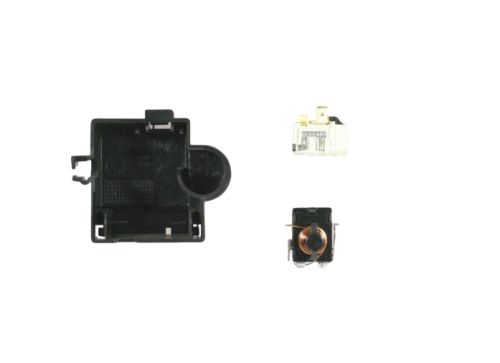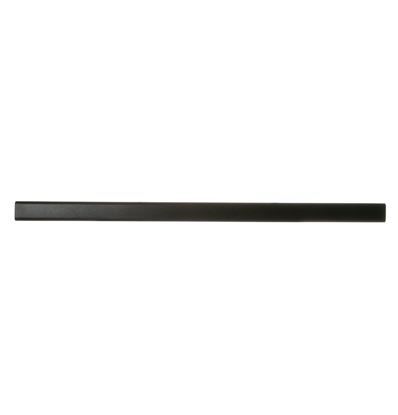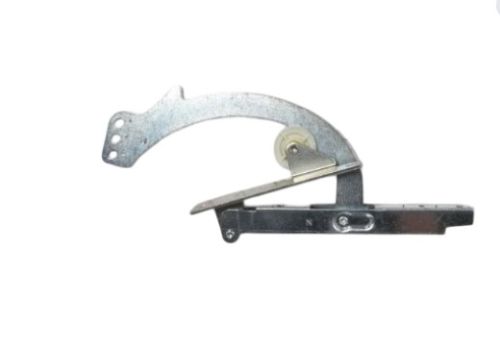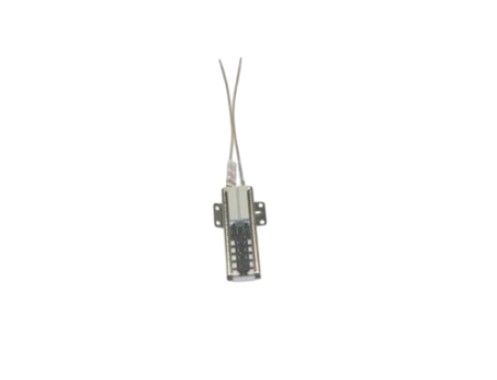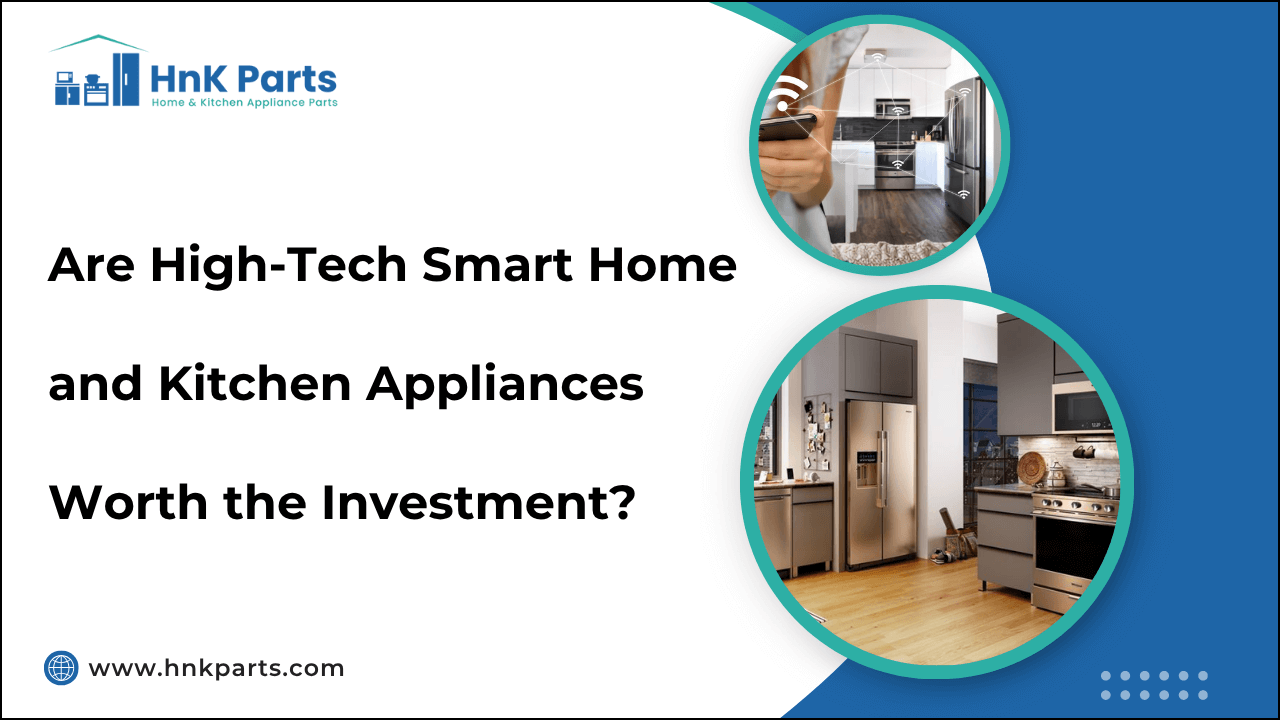
Are High-Tech Smart Home and Kitchen Appliances Worth the Investment?
In the past decade, technology has rapidly transformed how homeowners interact with their living spaces. Smart home and kitchen appliances have moved from luxury novelties to mainstream essentials across the United States. From voice-activated ovens to WiFi-enabled washing machines, modern appliances promise greater convenience, efficiency, and control. But with these advancements comes a pressing question—are high-tech appliances truly worth their higher cost and complexity?
This guide examines the real-world value of today’s smart home technology. By exploring key features, benefits, drawbacks, and return on investment, it aims to help homeowners make informed decisions.
The Smart Appliance Landscape in the U.S.
Smart home technology is reshaping how Americans live, cook, and clean. Connected devices are now found in millions of households, driven by innovation and consumer curiosity.
-
The U.S. market for smart home appliances continues to expand year after year. According to industry reports, over 60% of households now own at least one connected device, with smart refrigerators, ovens, and washing machines among the most popular.
-
Homeowners are increasingly drawn to features like app control, automation, and energy monitoring. Typically, smart models cost 15–35% more than their traditional counterparts, a premium many are willing to pay for added functionality and modern appeal.
The trend also aligns with changing consumer expectations. Younger homeowners, in particular, value convenience, sustainability, and integration with voice assistants like Alexa or Google Home, making smart appliances a symbol of both comfort and innovation.
What You’re Paying For: Key Features of Smart Appliances
Modern smart appliances combine digital intelligence with mechanical reliability. Each category offers distinct features that enhance convenience and efficiency.
-
Smart stoves and ovens: These devices allow remote preheating via smartphone, voice-controlled temperature adjustments, and guided recipes with precise cooking modes. Sensors detect doneness, while integration with virtual assistants streamlines the cooking process.
-
Smart dishwashers: Key functions include WiFi notifications, cycle optimization, and automatic detergent dispensing. Users can start or pause cycles remotely and receive alerts when maintenance is due.
-
Smart refrigerators: The most advanced models come equipped with built-in cameras, digital touchscreens, and inventory tracking systems. They can notify you when items are running low and even suggest recipes based on available ingredients.
-
Smart washing machines & dryers: With load-sensing, app-based cycle control, and diagnostic alerts, these washing machines offer time savings and better efficiency. Some even suggest the best wash cycle for each fabric type.
-
Smart TVs: Acting as entertainment and control hubs, modern TVs integrate with home ecosystems, allowing users to manage lighting, appliances, and streaming content through a single interface.
Across all types, energy monitoring, self-diagnostics, and over-the-air software updates are standard, ensuring continuous performance improvement over time.
Key Benefits of Smart Home & Kitchen Appliances
Smart home and kitchen appliances deliver convenience, efficiency, and connectivity, transforming everyday living into a seamless, intelligent experience.
|
Benefit |
Description |
|
Convenience and remote control |
|
|
Energy efficiency and cost savings |
|
|
Smart ecosystem integration |
|
|
Enhanced user experience |
|
|
Future-proofing and property appeal |
|
|
Diagnostics and maintenance alerts |
|
How Innovative Smart Kitchen Appliances Are Transforming Modern Cooking
Drawbacks and Considerations of Smart Home & Kitchen Appliances
While smart appliances bring numerous advantages, they also introduce challenges that should not be ignored.
-
Higher upfront cost: Smart appliances typically command a premium, often several hundred dollars more than standard models. This can be a significant factor for budget-conscious buyers.
-
Complexity and learning curve: Setting up connectivity, linking apps, and maintaining firmware updates can feel daunting, especially for non-tech users.
-
Dependence on internet connectivity: Many smart features require constant WiFi access. If the network fails, certain functions may become unavailable, limiting usability.
-
Maintenance and repair concerns: More sensors and electronics mean more potential failure points. Repairs can be more complex and expensive compared to traditional appliances.
-
Obsolescence and compatibility: As technology evolves rapidly, some models may lose support or fail to integrate with new smart-home systems.
-
Privacy and security risks: Connected devices often collect user data for performance optimisation. However, they can pose privacy concerns if security protocols are weak.
-
Diminishing returns: In some cases, smart functions do not significantly improve performance compared to standard models, making the higher cost questionable.
Appliance-by-Appliance: Is It Worth It?
Each type of smart appliance delivers unique advantages, but the payoff depends on personal lifestyle and household needs.
-
Stove & oven: Worth the investment for those who enjoy frequent cooking, guided recipes, or voice control integration. However, occasional users might find traditional models equally effective.
-
Dishwasher: WiFi control and notifications can be handy for large households, but those with predictable schedules may not use these features often enough to justify the cost.
-
Refrigerator: Cameras and smart cooling are convenient but rarely essential. Focus on reliability, storage capacity, and energy efficiency before prioritizing smart features.
-
Washing Machine & dryer: Great for families who value automation and remote alerts. However, ensure core washing performance remains strong, fancy features should not replace durability.
-
Television: Smart TVs are now the standard. The key question is whether deeper integration with home ecosystems or voice assistants adds meaningful value to your setup.
Ultimately, the decision depends on how much value you place on remote access, data insights, and automation in your daily life.
ROI & Payback: How to Calculate Worth
Determining whether a smart appliance is worth its cost requires assessing both tangible and intangible returns.
-
Step 1: Calculate the Premium. Identify how much more the smart model costs compared to a traditional one. For instance, a smart refrigerator might cost $600–$1,000 more.
-
Step 2: Estimate Savings. Energy-efficient features can save around 10–15% on utility bills annually. However, these savings may take years to offset the initial cost difference.
-
Step 3: Value Your Time. Consider how much convenience matters. If automation saves 30 minutes per day, that time has real personal value.
-
Step 4: Factor in Longevity. Appliances typically last 10–15 years. Evaluate whether the technology will remain useful or become obsolete before the appliance reaches the end of its lifespan.
-
Step 5: Consider Depreciation. Smart features often lose relevance faster due to newer software updates or changing ecosystems.
When It Makes Sense: Tech-driven households that value automation, long-term ownership, and energy optimization will likely benefit most. For those prioritizing simplicity and low maintenance, traditional models may provide better overall ROI.
How to Decide (Checklist for U.S. Homeowners)
Before investing in smart home or kitchen technology, evaluate your needs using this practical checklist.
-
Assess your setup: Check the reliability of your home WiFi and whether your current devices already integrate with smart assistants.
-
Define usage patterns: If you cook daily or do frequent laundry, smart automation can make life easier. Occasional users may see less benefit.
-
Prioritize features: Identify which smart features you’ll genuinely use. Paying for unnecessary extras adds cost without value.
-
Research reliability: Look for models with strong user reviews and readily available technical support.
-
U.S. homeowners can take advantage of energy-efficient rebates and tax credits on certain smart appliances.
-
Check compatibility: Ensure that the appliance fits within your preferred ecosystem, whether Alexa, Google, or Apple HomeKit, to avoid software conflicts.
You don’t need to upgrade every device. Start with one or two key appliances, such as a smart thermostat or washer, to gauge how much value you derive from connected technology.
The Ultimate Guide: How Household Appliances Will Reduce Environmental Impact
Smart home and kitchen appliances have transformed convenience, but they are not always practical for every homeowner. The appeal lies in automation, energy efficiency, and advanced features that simplify daily routines, but these come with additional costs, complexity, and potential technical problems. Homeowners should approach these investments with a clear purpose. For those who enjoy technology, cook frequently, or manage a large household, investing in smart appliances can provide real long-term benefits. However, for those who prefer simplicity and low-maintenance reliability, traditional models may be more cost-effective. Ultimately, the best choice is the one that matches your lifestyle, budget, and comfort with technology. HnKParts offers a broad selection of stove & oven parts, dishwasher parts, refrigerator parts, washing machine parts, and dryer parts to keep your appliances working well, with same-day shipping and 24/7 email support.
References:
https://www.energystar.gov
https://www.epa.gov/newsreleases
FAQs
Does owning smart appliances require a subscription or ongoing fees?
In many cases, the core appliance functions work without a subscription, but some smart features, such as premium app services, cloud-based recipe libraries, and extended diagnostics, may require optional subscriptions. Always check the manufacturer’s terms to understand which features are free and which require ongoing fees.
If my home internet goes out or the manufacturer discontinues support, will the smart appliance still work?
Usually, yes, for basic functions. Most smart appliances still operate their core functions (cooling, heating, washing, and drying) offline. However, connected features, such as remote monitoring, notifications, and voice assistant control, may be lost if WiFi is down or the manufacturer ends support.


